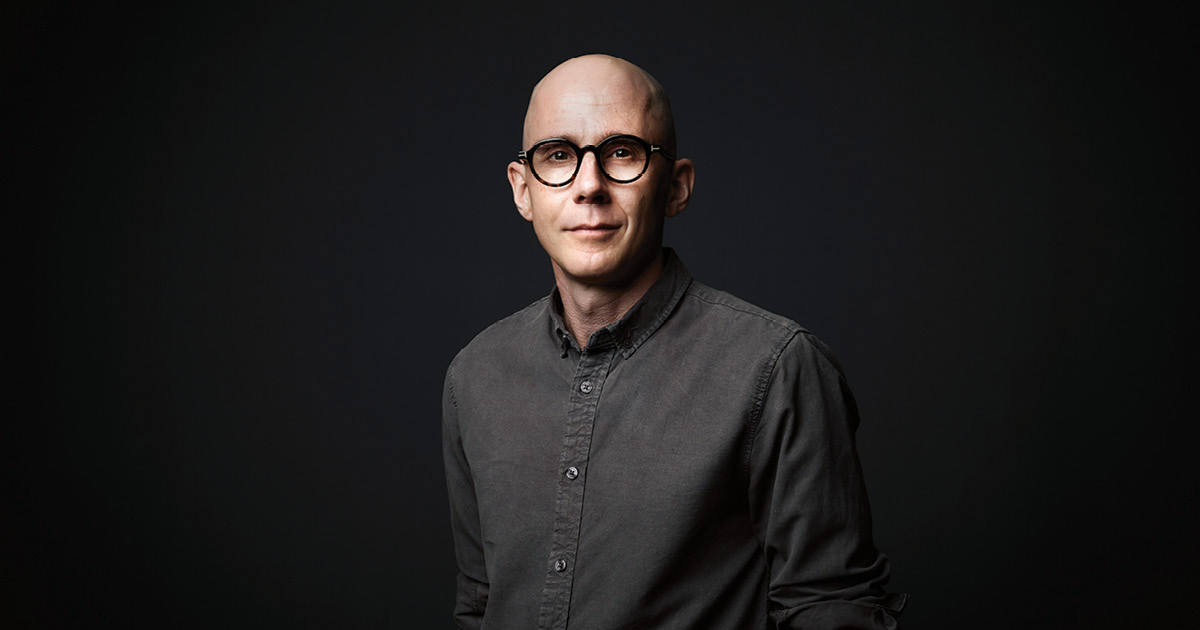In 2006, when a Japanese scientist building on the earlier work of a British biologist discovered a way to reprogram adult cells into other cell types – making them ‘pluripotent’ – the scientific world was entranced.
Here, at last, was an alternative to the ethical dilemma posed by the use of embryonic stem cells to tackle disease – a discovery that would go on to earn Sir John B. Gurdon and Shinya Yamanaka the Nobel Prize in Physiology or Medicine.
Previously, the prevailing dogma had been that mature cells were what they were: they could not be manipulated to return them to an immature stem cell ripe for repurposing.
Yamanaka’s find opened the door to using a patient’s own cells to regrow, repair or replace damaged or diseased cells, organs or tissues – reducing the risk the new cells would be rejected by the patient’s immune system.
There were challenges, however, that have to date limited science’s ability to make the most of this exciting discovery.
Induced pluripotent stem cells – aka iPS, or ‘blank slate’ cells – turned out to have long epigenetic memories, with an unpredictable habit of being influenced by the cells they once were.
The tendency of a skin cell reprogrammed into an iPS cell and then into, say, a pancreatic cell to suddenly start behaving like the skin cell it once was makes it an unreliable saviour when attempting to repair a pancreas.
It’s a problem an Australian team co-led by The Kids Research Institute Australia’s Dr Sam Buckberry may just have solved.
In a paper published last year in the journal Nature, Dr Buckberry and colleagues from the Harry Perkins Institute for Medical Research, The University of Western Australia, Monash University and the University of Adelaide revealed they had developed a method to wipe the memory of iPS cells.
“Using adult stem cells in stem cell therapies holds enormous promise, but the fact they retain a partial memory of the cell type they used to be limits their therapeutic potential,” Dr Buckberry said.
We have found a way to erase a cell’s memory of the kind of cell it used to be, to make iPS cells function more like embryonic stem cells.
The team achieved the feat after studying the way the epigenetic coding of sperm and egg cells is essentially erased during the early development of an embryo.
“This reset allows the early embryo cells to start fresh and become any cell type as the embryo grows and develops,” Dr Buckberry said.
“By introducing a step during the reprogramming process that briefly mimics this reset process, we made iPS cells that are more like embryonic stem cells than conventional iPS cells.”
Although there are many hurdles to cross before the discovery can be translated into regenerative therapies, this ability to effectively make iPS cells forget their past identities considerably enhances their medical potential.
“It opens up so many more avenues for what you can do with patient-derived stem cells, and possibly will make them clinically safer,” Dr Buckberry said.
“It makes them more likely to transform into any desired cell type – for example, new insulin-producing cells for someone with diabetes, or neuronal cells for someone with Parkinson’s – but without the ethical challenges of using stem cells sourced from embryos.”
Dr Buckberry said that in building on the foundational discoveries of pioneers like Gurdon and Yamanaka, the team was standing on the shoulders of giants to accelerate regenerative medicine and open new frontiers for clinical- grade stem cell therapies.
“Translation is where the impact is but before you can get there you have to build up a foundation of fundamental knowledge, and that can take decades.” he said.
“This work demonstrates the immense power of that kind of basic but fundamental science.”
Next steps
Dr Buckberry is the co-inventor on a patent that has now been licensed to iCamuno Biotherapeutics, a pioneering biotechnology firm specialising in iPS cell technologies.
What is epigenetic memory?
Our DNA carries sequences of instructions known as genes. When various factors influence gene activity (turning them on or off) without changing the DNA sequence itself, this is known as epigenetics – literally meaning ‘above genetics’.
A cell’s epigenome is a collective term to describe all the epigenetic modifications in a cell. Each of our cells contains the same DNA, but the epigenome controls which genes are turned on or off, which determines whether it becomes a heart cell, a kidney cell, a liver cell, or any other cell type.
Think of the DNA as a cookbook and the epigenome as a set of bookmarks: the bookmarks don’t alter the recipes, but they direct which ones are used. Similarly, epigenetic marks guide cells to interpret the genetic code without changing it.
When we reprogram a mature cell into an iPS cell, we want to erase all its ‘bookmarks’. However, this doesn’t always work completely. When some bookmarks remain, this ‘epigenetic memory’ can influence the behaviour of the iPS cells, making them behave more like the cell they used to be than the type of cell we want them to become – potentially affecting the function of the cells once they’re created.
Dr Buckberry, a genome biologist and bioinformatician, spearheaded this work with co-lead authors Dr Xiadong Liu, Dr Daniel Poppe, and Jia Tan. The project was co-led within Professor Ryan Lister’s lab at Harry Perkins Institute of Medical Research, and Professor Jose M. Polo’s lab at Monash University and the University of Adelaide; and included researchers from Westlake University, Queen Mary University of London, Mater Research Institute, University of Queensland, Queensland Brain Institute, South Australian Health & Medical Research Institute, Duke-NUS Medical School and CSIRO. Dr Buckberry, who has received funding from the NHMRC and WA Department of Health, is Head of Epigenetics within the Indigenous Genomics program at The Kids. He is also affiliated with the Australian National University and is on the executive committee of the Australasian Genomics Technology association.

